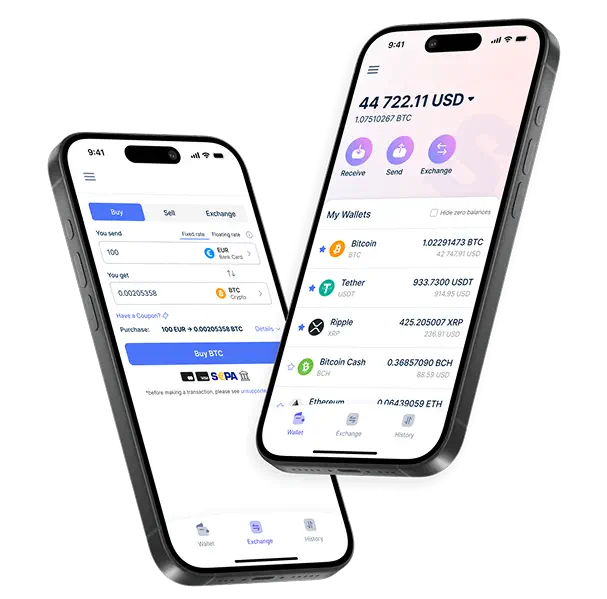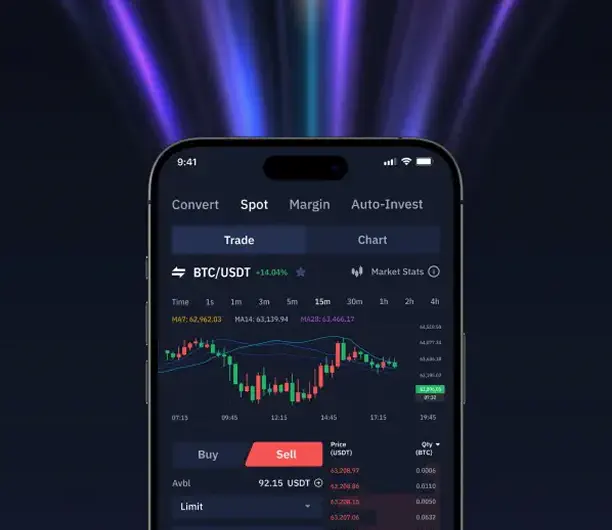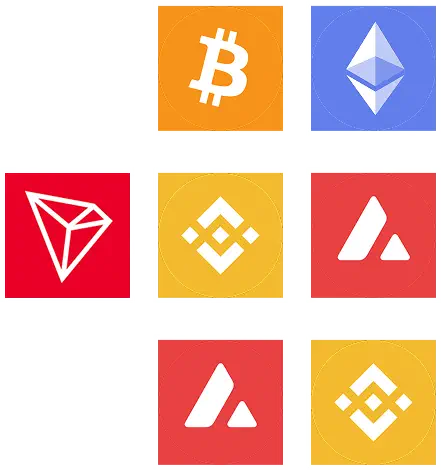Security Concerns of Web3 Exchange Development
Security is critical in Web3 exchange development, as vulnerabilities can impact financial stability and user trust across decentralized platforms.

Our Development Process of Web3 Exchange Development
We follow a structured, security-first process to build Web3 exchanges that are scalable, efficient, and ready for global adoption.
Requirements & Tech-stack
Document trading models, custody choice, supported chains, order types, performance targets, and compliance; select languages, frameworks, node providers, databases, and tooling.
Architecture & Component Design
Define microservices (matching engine, relayer, gateway), API contracts, data models, caching, indexing, message queues, node clusters, and observability requirements.
Smart Contract Implementation
Develop on-chain modules (AMM/pools, swap/settlement, fee logic), follow token standards, apply upgradeable proxy patterns, and write comprehensive unit and integration tests.
Matching Engine & Order Lifecycle
Implement low-latency matcher, order book logic, order validation and routing, nonce/replay protection, atomic/batched settlement, and front-running/MEV mitigations.
Wallet & Key Management
Integrate HD wallets, multisig or TSS, HSM/custodial options, secure signing services, transaction queues, encrypted backups, and secure nonce/withdrawal workflows.
Liquidity, Bridges & Integrations
Integrate liquidity aggregators, cross-chain bridges, oracle feeds, fiat on/off-ramps, and routing algorithms to ensure deep liquidity and best-execution routing.
Security, Testing & Deployment
Run static/dynamic analysis, fuzzing, formal verification when needed, third-party audits, and pen tests; deploy via CI/CD to testnets, then mainnet with monitoring and rollback plans.
























